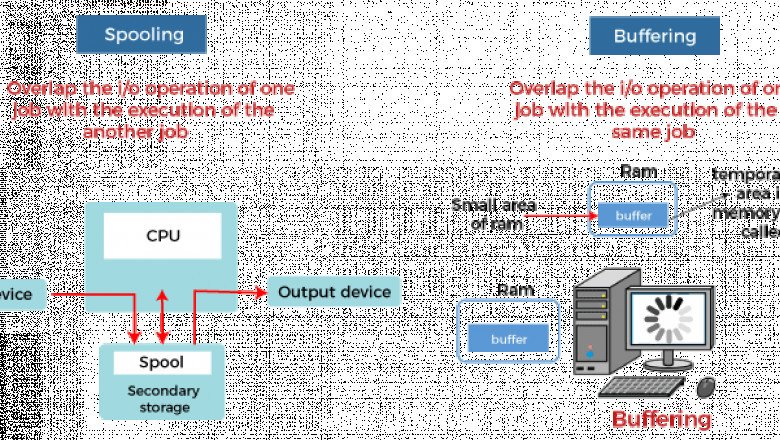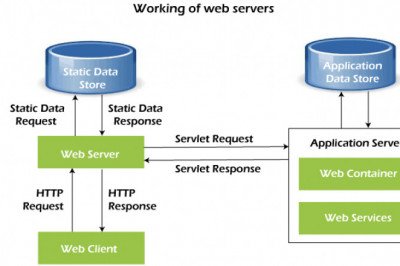
views
Spooling in Operating System - javatpoint
In Operating System, we had to give the input to the CPU, and the CPU executes the instructions and finally gives the output. But there was a problem with this approach. In a normal situation, we have to deal with many processes, and we know that the time taken in the I/O operation is very large compared to the time taken by the CPU for the execution of the instructions. So, in the old approach, one process will give the input with the help of an input device, and during this time, the CPU is in an idle state.
Then the CPU executes the instruction, and the output is again given to some output device, and at this time, the CPU is also in an idle state. After showing the output, the next process starts its execution. So, most of the time, the CPU is idle, which is the worst condition that we can have in Operating Systems. Here, the concept of Spooling comes into play.
Spooling is a process in which data is temporarily held to be used and executed by a device, program, or system. Data is sent to and stored in memory or other volatile storage until the program or computer requests it for execution.
SPOOL is an acronym for simultaneous peripheral operations online. Generally, the spool is maintained on the computer's physical memory, buffers, or the I/O device-specific interrupts. The spool is processed in ascending order, working based on a FIFO (first-in, first-out) algorithm.
Spooling refers to putting data of various I/O jobs in a buffer. This buffer is a special area in memory or hard disk which is accessible to I/O devices. An operating system does the following activities related to the distributed environment:
In an operating system, spooling works in the following steps, such as:
The biggest example of Spooling is printing. The documents which are to be printed are stored in the SPOOL and then added to the queue for printing. During this time, many processes can perform their operations and use the CPU without waiting while the printer executes the printing process on the documents one-by-one.
Many features can also be added to the Spooling printing process, like setting priorities or notification when the printing process has been completed or selecting the different types of paper to print on according to the user's choice.
Here are the following advantages of spooling in an operating system, such as:
In an operating system, spooling has the following disadvantages, such as:
Spooling and buffering are the two ways by which I/O subsystems improve the performance and efficiency of the computer by using a storage space in the main memory or on the disk.
The basic difference between Spooling and Buffering is that Spooling overlaps the I/O of one job with the execution of another job. In comparison, the buffering overlaps the I/O of one job with the execution of the same job. Below are some more differences between Spooling and Buffering, such as:
Digital Marketing
Elasticsearch
Entity Framework
Firewall
Functional Programming
Google Colab
Graph Theory
Groovy
Group Discussion
Informatica
Ionic
ITIL
IOS with Swift
Angular Material
Deep Learning
Aptitude
Reasoning
Verbal Ability
Interview Questions
Company Questions
Artificial Intelligence
AWS
Selenium
Cloud Computing
Hadoop
ReactJS
Data Science
Angular 7
Blockchain
Git
Machine Learning
DevOps
DBMS
Data Structures
DAA
Operating System
Computer Network
Compiler Design
Computer Organization
Discrete Mathematics
Ethical Hacking
Computer Graphics
Software Engineering
Web Technology
Cyber Security
Automata
C Programming
C++
Java
.Net
Python
Programs
Control System
Data Mining
Data Warehouse
Website Development
Android Development
Website Designing
Digital Marketing
Summer Training
Industrial Training
College Campus Training
Address: G-13, 2nd Floor, Sec-3
Noida, UP, 201301, India
Contact No: 0120-4256464, 9990449935
© Copyright 2011-2021 www.javatpoint.com. All rights reserved. Developed by JavaTpoint.












Comments
0 comment